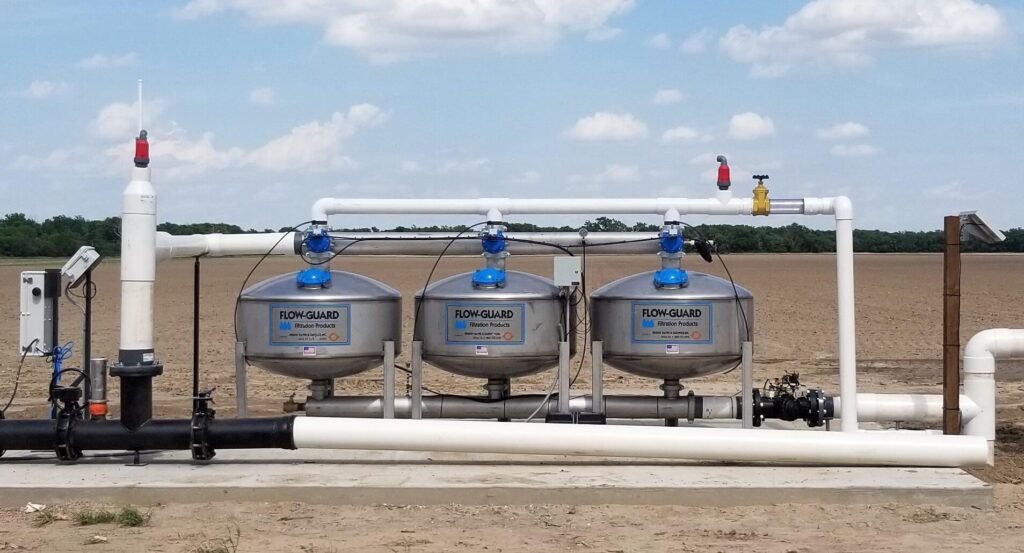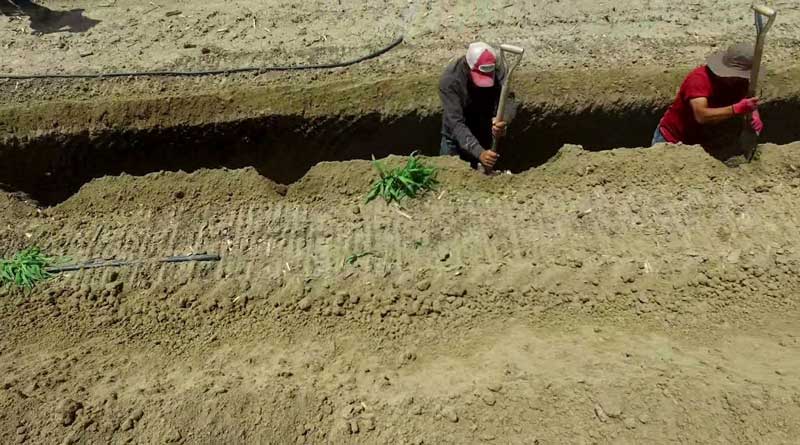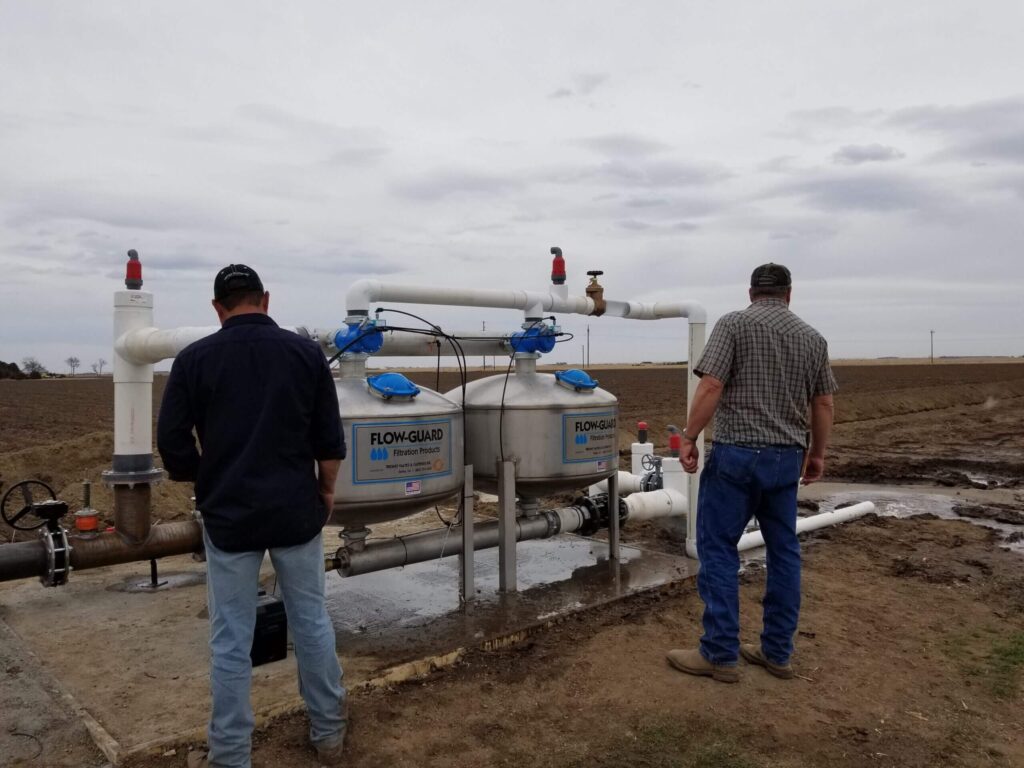Subsurface Drip Irrigation Design Myths Farmers Still Believe
Subsurface Drip Irrigation Design Myths Farmers Still Believe
Subsurface drip irrigation (SDI) is often misunderstood—not because it doesn’t work, but because of persistent myths that hold farmers back from adopting this proven technology. Despite decades of successful applications across diverse agricultural operations, misconceptions about cost, complexity, and effectiveness continue to circulate throughout farming communities. These myths create unnecessary barriers that prevent farmers from accessing the significant benefits SDI systems offer, including improved water efficiency, enhanced crop yields, and long-term operational savings.
The reality is that many of these concerns stem from outdated information or experiences with poorly designed systems from earlier generations of drip technology. Modern subsurface drip irrigation has evolved considerably, with advanced materials, sophisticated design software, and comprehensive support systems that address the challenges farmers once faced. Understanding the facts behind these myths is crucial for making informed decisions about irrigation investments.
This article will systematically break down eight common misconceptions about subsurface drip irrigation design, providing you with the accurate information needed to evaluate whether subsurface irrigation system is right for your operation. By examining the realities behind each myth, you’ll gain a clearer perspective on how modern subsurface drip systems actually perform in real-world agricultural settings.
Myth 1: Subsurface Drip Systems Are Too Expensive
- Upfront vs. Lifetime Costs: While SDI systems require a higher initial investment compared to traditional flood irrigation, this upfront cost represents only one piece of the financial equation. When you calculate the total cost of ownership over 15-20 years, including reduced water bills, lower labor requirements, and decreased fertilizer waste, the lifetime costs often favor subsurface drip systems significantly.
- Reduced Water Bills: Precision water delivery directly to root zones eliminates the massive water losses associated with surface irrigation methods, typically reducing total water consumption by 30-50%. For farms paying premium prices for water or facing allocation restrictions, these savings can quickly offset installation costs while providing predictable water budgets for financial planning.
- Return on Investment: Most farmers see positive returns within 3-5 growing seasons through a combination of water savings, increased yields, and reduced operational costs. The improved crop quality and consistency that SDI provides often commands premium prices in markets that value uniformity and reliability, further accelerating payback periods.

Myth 2: SDI Only Works for Specialty Crops
- Broad Applicability: Subsurface drip irrigation delivers exceptional results across major commodity crops including corn, cotton, alfalfa, soybeans, and wheat. Large-scale operations growing these staple crops have documented significant yield improvements and water savings, proving that SDI benefits extend far beyond high-value specialty crops like almonds or strawberries.
- Adaptability to Soil Types: Modern SDI design principles can accommodate virtually any soil condition through proper emitter selection, spacing adjustments, and depth optimization. Sandy soils benefit from frequent, low-volume applications that prevent leaching, while clay soils use longer irrigation cycles with specialized emitters designed for slow infiltration rates.
- Success Across Regions: From the arid Southwest to humid southeastern states, farmers have successfully implemented SDI systems across diverse climatic conditions. Regional adaptations in system design, seasonal management, and crop-specific configurations ensure optimal performance regardless of local growing conditions or agricultural practices.
Myth 3: Maintenance Is a Constant Hassle
- Filtration Systems: Advanced filtration technology has virtually eliminated the clogging issues that plagued early drip systems, with self-cleaning filters and automated backwash cycles requiring minimal operator intervention. Modern filtration systems can handle various water qualities, including surface water with high sediment loads and groundwater with mineral content.
- Routine Checkups: Systematic maintenance protocols involve simple visual inspections, pressure monitoring, and seasonal system flushing that most farmers can easily incorporate into existing operational routines. These preventive measures typically require only a few hours per season and prevent the majority of potential issues before they impact crop production.
- Technology Assistance: Smart monitoring systems and mobile apps now provide real-time alerts about system performance, allowing farmers to address minor issues before they become costly problems. Remote monitoring capabilities enable proactive maintenance scheduling and provide detailed operational data to optimize system performance continuously.
Myth 4: It’s Too Complicated to Design Correctly
- Design Support: Professional irrigation designers use sophisticated software and extensive field experience to create customized systems that match your specific crop requirements, soil conditions, and field layouts. This design support eliminates guesswork and ensures optimal emitter spacing, pressure regulation, and zone management for maximum efficiency.
- Customization Options: Modern SDI systems can accommodate irregular field shapes, varying topography, and multiple crop types within the same installation. Flexible design approaches allow for future modifications as farming operations evolve, protecting your investment while maintaining system effectiveness.
- Farmer Training: Comprehensive training programs provided by experienced suppliers ensure you understand system operation, basic troubleshooting, and maintenance procedures. This education component transforms complex technology into manageable tools that enhance rather than complicate your farming operations.
Myth 5: Subsurface Drip Wastes Water Through Deep Percolation
- Precise Placement: Emitter placement at optimal root zone depths ensures water delivery exactly where plants can utilize it most efficiently, minimizing losses to deep percolation that plague surface irrigation methods. Strategic depth selection based on crop root development patterns maximizes water uptake while preventing waste.
- Moisture Control: Soil moisture sensors and automated controllers maintain precise moisture levels within the root zone, preventing over-irrigation that leads to deep percolation losses. This technology-driven approach provides consistent moisture availability while eliminating the water waste associated with traditional irrigation timing methods.
- Field Evidence: Extensive university research and field studies consistently demonstrate that properly designed SDI systems reduce deep percolation by 40-60% compared to flood irrigation, with some studies showing even greater improvements in water use efficiency across various soil types and climatic conditions.

Myth 6: SDI Doesn’t Improve Yields Enough to Matter
- Consistent Moisture: Subsurface drip irrigation maintains optimal soil moisture levels throughout the growing season, eliminating the stress cycles that reduce plant growth and development. This consistent moisture availability allows crops to reach their genetic potential while improving overall plant health and resilience.
- Nutrient Efficiency: Fertigation through drip systems delivers nutrients directly to active root zones with precise timing and placement, increasing fertilizer use efficiency by 20-40% while reducing environmental losses. This targeted nutrient delivery supports sustained plant growth and often improves crop quality alongside yield increases.
- Yield Comparisons: University studies and farmer reports consistently document yield improvements of 10-30% across major crops, with some specialty crops showing even greater increases. These yield improvements, combined with reduced input costs and improved crop quality, create substantial economic benefits that justify system investments.
Myth 7: It’s Not Durable Enough for Long-Term Use
- Material Advances: Modern drip tubing incorporates advanced polymers and anti-root intrusion additives that provide 20+ year service life under normal operating conditions. Manufacturing improvements have eliminated the premature failures that characterized early drip irrigation systems, providing reliable long-term performance.
- Buried Protection: Subsurface installation protects system components from UV degradation, mechanical damage from field operations, and environmental stresses that can damage surface irrigation equipment. This protected environment significantly extends component life while reducing maintenance requirements.
- Proven Longevity: Long-established SDI installations continue operating effectively after 15-20 years with proper maintenance, demonstrating the durability of quality systems. Many farmers report minimal component replacement needs over extended operational periods, validating the long-term reliability of modern subsurface drip technology.
Western Irrigation’s Role in Busting Myths
- Systematic Evaluation: Western Irrigation’s experienced team conducts comprehensive on-site assessments that provide farmers with accurate, site-specific data about SDI potential and performance expectations. These evaluations use real field conditions rather than theoretical assumptions to project system benefits and address specific concerns.
- Precision Mapping: GPS-based field mapping and elevation surveys ensure proper system design that accounts for topographical variations and field characteristics. This precision approach eliminates design flaws that can compromise system performance and provides the foundation for long-term operational success.
- Ongoing Support: Comprehensive support services including system installation, operator training, maintenance assistance, and performance optimization help farmers maximize their SDI investment returns. This partnership approach ensures that systems operate at peak efficiency throughout their service life while providing farmers with confidence in their technology adoption.

Moving Beyond Misconceptions to Agricultural Success
These persistent myths about subsurface drip irrigation (SDI) continue to prevent farmers from accessing proven technology that can transform their operations. The reality is that modern SDI systems address virtually all the concerns that created these misconceptions, offering reliable, efficient, and profitable irrigation solutions for diverse agricultural applications.
Farmers who look past these myths and examine the actual performance data often discover that subsurface drip irrigation represents one of the most effective investments they can make in their operation’s future. The combination of water savings, yield improvements, and operational efficiency creates compelling economic benefits that extend far beyond simple irrigation system replacement.
With the right design partner and proper system implementation, subsurface drip irrigation becomes less of a technological gamble and more of a strategic growth tool that positions your operation for long-term success in an increasingly competitive agricultural environment.
